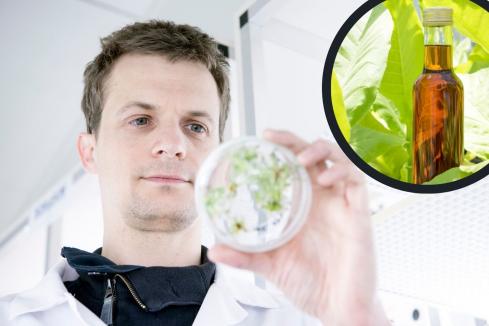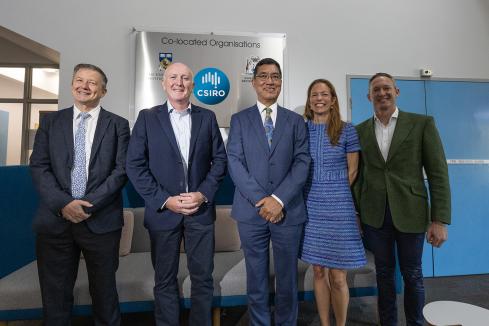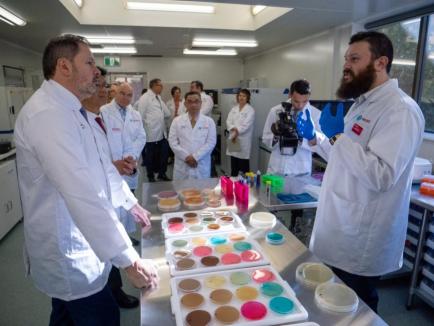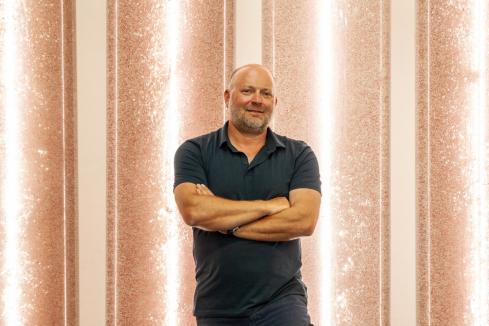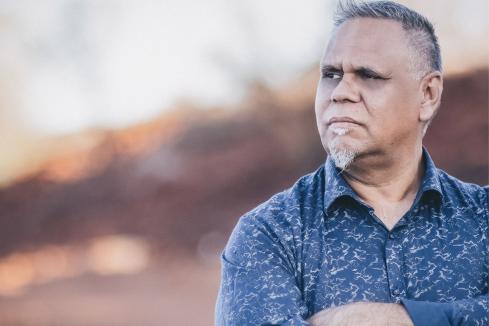

A $1 million study has been launched to determine the potential for recharging aquifers with wastewater in the Kwinana area to address possible future shortages.
The state government-backed Western Trade Coast Industries Committee has joined forces with the CSIRO to examine the prospect of recharging as much as 30 gigalitres (30 billion litres) of wastewater into aquifers close to the Kwinana industrial area.
The committee was established in 2011 to streamline the planning and development of the Kwinana industrial area, and is chaired by Liberal member for the south metropolitan region, Phil Edman.
The study will investigate a method for treating surplus wastewater to produce the quality needed for aquifer recharge and industrial reuse.
The proposal involves treated wastewater, including some from the Kwinana Water Reclamation Plant, being infiltrated or injected into local aquifers where it would be further purified by natural processes.
Kwinana Industries Council director Chris Oughton told Business News that 75 per cent of Kwinana industry’s water needs were sourced from groundwater reserves, and his group was concerned about supply issues in the long term.
“For the past three years the council has been raising the flag on the foreseeable likelihood of water shortages,” Mr Oughton said.
He confirmed that supplementing groundwater supply with a safe and affordable alternative was one of the council’s key strategic issues.
“Securing a long-term water source for major industries within the Kwinana industrial area is a priority for industry,” Mr Oughton said.
“There is plenty of wastewater currently available.”
Industry in Kwinana has been using wastewater from the Water Reclamation Plant since 2004.
One of the largest of its kind in Australia, the plant is owned by the Water Corporation and was built in response to an earlier study to investigate the potential for sustainable water management in the Kwinana region.
As a joint initiative of the Water Corporation and Kwinana industries, the plant takes secondary treated wastewater from the nearby Woodman Point wastewater treatment facility and purifies it through a $25 million micro filtration/reverse osmosis unit to produce about 17 million litres a day of industrial grade water that is reused by industry on the Kwinana strip.
Mr Oughton was hopeful the plant’s high quality purifying operations would expand.
Australian Water Recycling Centre of Excellence CEO Mark O’Donohue said in a statement that the centre was confident the study would lead to an expansion of recycled water for industry nationally.
CSIRO said additional benefits from the scheme could be the prevention of seawater intrusion and improved health of upstream wetlands.
The latest study is being led by CSIRO and involves the Department of Water, Department of Health, Water Corporation, Australian Water Recycling Centre of Excellence, Kwinana Industries Council and Western Trade Coast Office.
In March, it was reported the Water Corporation was also examining the use of an aquifer recharge scheme. Such a move would make WA the first state to provide recycled drinking water.
The Water Corporation study follows a three-year trial in which water was treated to Australian drinking standards and injected into an isolated aquifer in Leederville.
The trial reported one emergency shutdown when water purity was compromised and 300,000 litres of water that did not meet Australia’s drinking standards was recharged into the aquifer.








